6 Most Likely Places in Solar System For Alien Lives
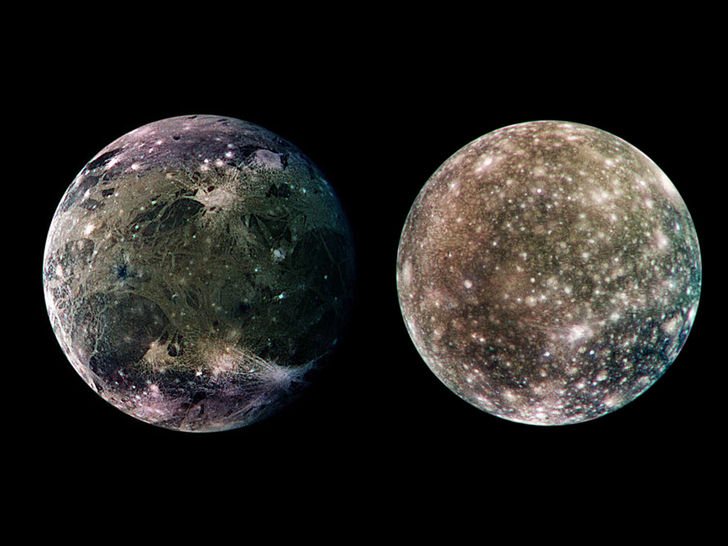
For any existence that is not of this world, we still have no hard proof, but in our solar system, there are some tantalizing prospects for alien life to find a sanctuary. Any moons of Jupiter and Saturn are intriguing, and somewhere on Mars, there is still a potential for some surprises.
Posted On November 17th, 2020
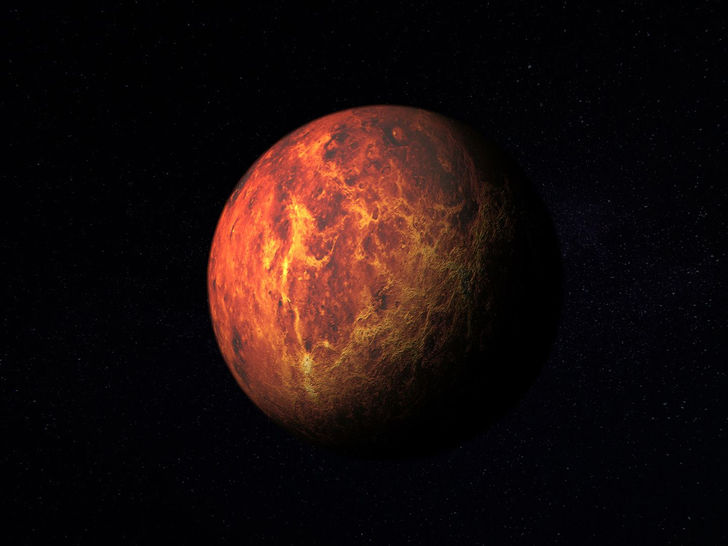
Mars
For those looking for otherworldly protoplasm, Mars remains perennially common. The dark streaks that occur at Horowitz crater in the Martian summertime are particularly interesting. There are likely to be saline meltwater mere inches under the muddy epidermis of Mars. This muddy setting may be sampled by a reasonably simple probe. Mars is about 4,212 miles (6,779 km in diameter).
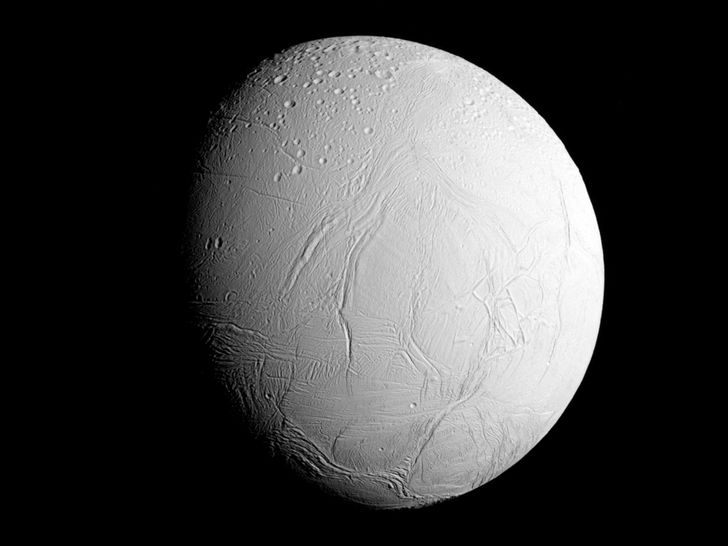
Enceladus
Enceladus may be home to oceanic life with seas as deep as the Mariana Trench in the Pacific Ocean. This tiny moon's highly-dynamic oceans blast water into space, creating deep fissures, or tiger strips, along the south pole of the moon. On Enceladus, the Cassini probe that orbited Saturn exploring the planet and its moons observed a type of chemical energy that could be eaten by alien life there as fuel.
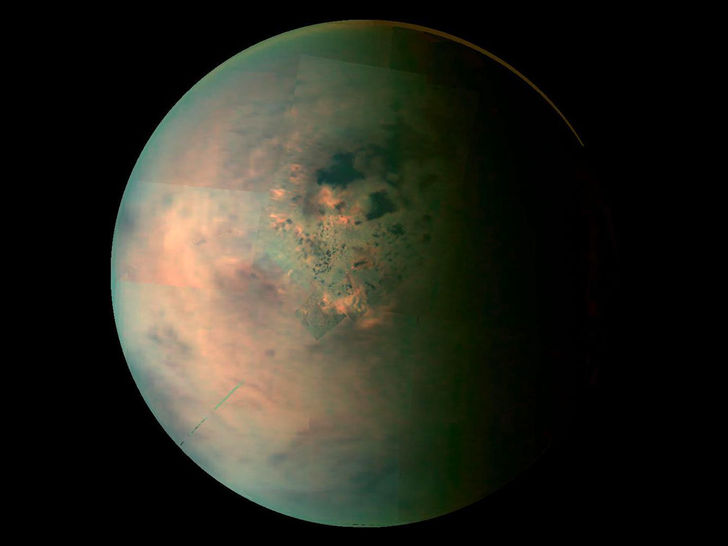
Titan
For the evolution of life unknown somewhere else in the Solar System, Titan has special attributes. This largest moon of Saturn is the only satellite believed to have a substantial atmosphere in our family of planets. It is also the only planet which is considered to have active rivers, lakes and oceans, rather than Earth. However, these waters are not made of water. Methane, ethane, and other hydrocarbons cover them.

Venus
No conclusive evidence of past or current life on Venus has been discovered to date. ... The conditions on Venus, with intense surface temperatures reaching almost 735 K (462 ° C; 863 ° F) and atmospheric pressure 90 times that of Earth, rendering water-based life impossible on the surface of the planet as we know it.
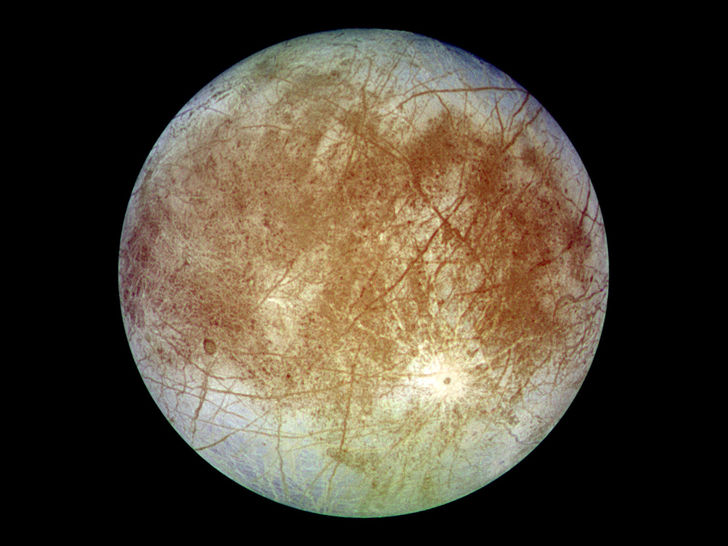
Europa
Europa is home to some of the biggest oceans in the Solar System, about 90 per cent of the size of our own Moon. Although much of this water remains under the surface of this planet, heating caused by Jupiter's tidal forces holds vast portions of these oceans warm, thus enhancing the possibility of life occurring there. This heating could also result in partially-frozen lakes and ponds on its floor, and astronomers using the Hubble Space Telescope have seen plumes of water erupting 160 kilometres (100 miles) above the moon's surface.
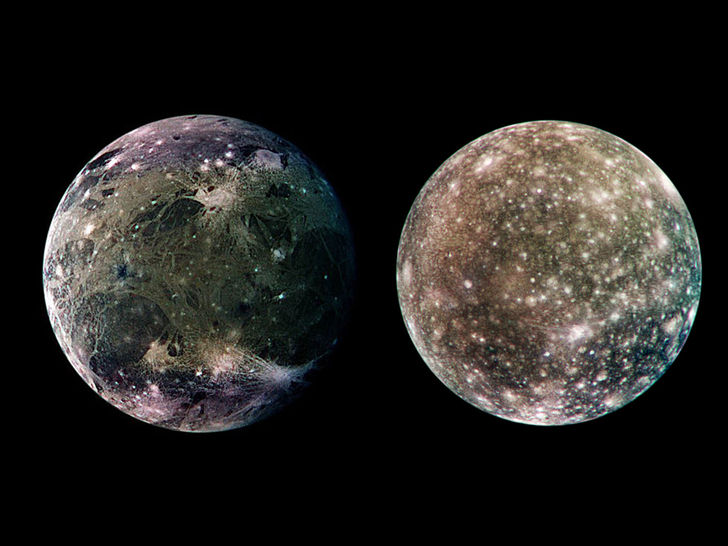
Ganymede and Callisto
Together these two moons of Jupiter, I feel like they're neck-and-neck biology contestants. Ganymede and Callisto may have submerged liquid oceans, including their most celebrated neighbour, Europa. In the case of these two satellite siblings, though at least 60 miles (100 km of rock will be underlying brine levels. For our grandkids, discovering occupants here is a shovel-ready project. Callisto has a circumference of more than 4,800 km (2,985 miles); the diameter of Ganymede is 5,262.4 km (3,270 miles).

